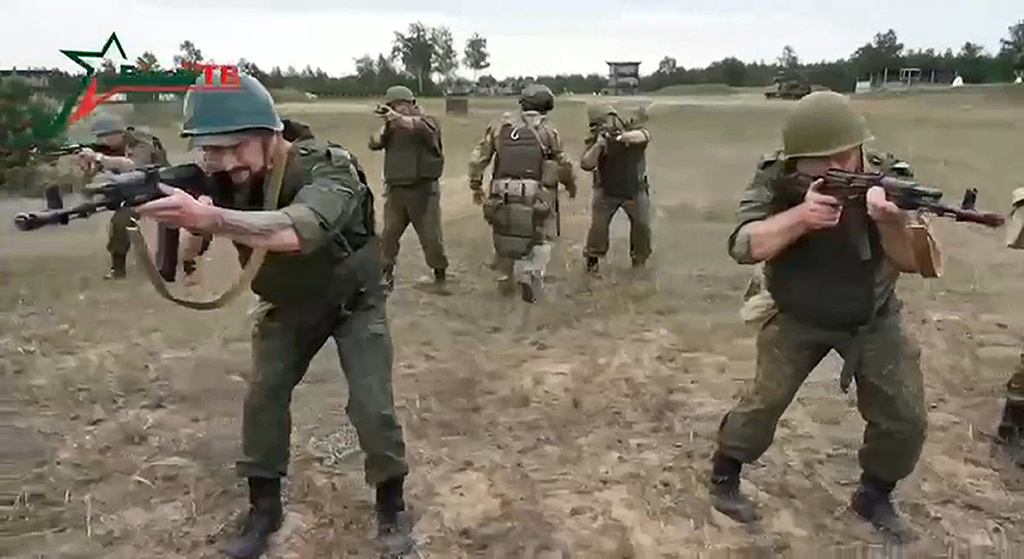The outcome of the NATO summit in Vilnius has led military analysts to reassess Poland’s security situation. Former Polish army officer Maciej Korowaj believes that Poland is now far more secure on its seaboard, as the NATO presence there makes it much harder for Russia to ever attack from that direction. He said that Swedish and Finnish membership will be a major boost on that front as well.
“This will allow Poland to concentrate on defending itself from the direction of Belarus,” says Korowaj, who said that the biggest threat the country now faces is the enemy coming from that direction.
Although the Belarusian military itself poses a smaller threat to Poland, Russia could also use Belarusian territory as a springboard for an attack, as it did in its push toward Kyiv at the beginning of the Ukraine war.
The analyst urges Poland to ensure that it has permanent or rotational units on the border with Belarus and not just ammunition and arms depots. According to information from the Polish Ministry of Defense, a new infantry division of 30,000 soldiers will be formed as part of the Polish army, which is to be 300,000 strong.
The new division, named the 1st Infantry Division of the Legions, will operate along the eastern regions of Poland and will include a tank regiment. According to Brigadier-General Norbert Iwanowski, who is to lead the new division, a high degree of mobility will be the priority. This new division will be well-equipped with motorized assets that can counter threats on the border.
However, the division will also have to be capable of putting up strong lines of defense, with the tank brigade equipped with South Korean K2 tanks, as well as K239 Chunmoo rocket launchers and K9 howitzers.
No timetable has been set for making the division fully operational, although it is assumed this will take a few years. Poland plans to have an established military capacity of 300,000 soldiers by 2035.






